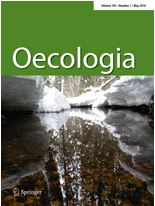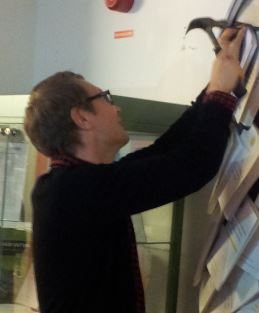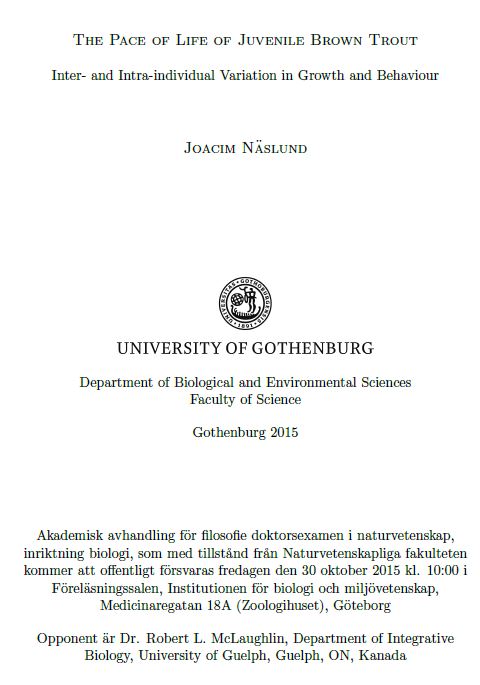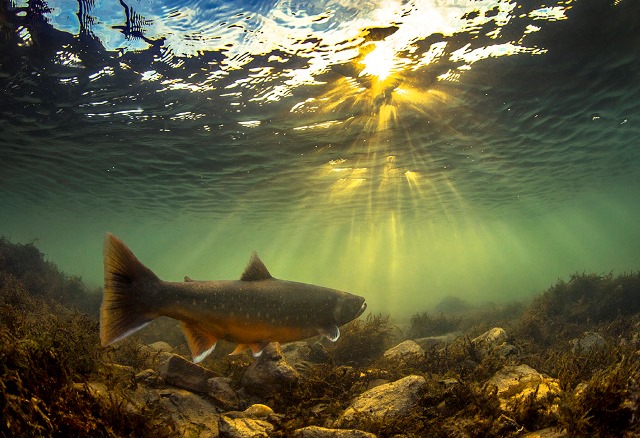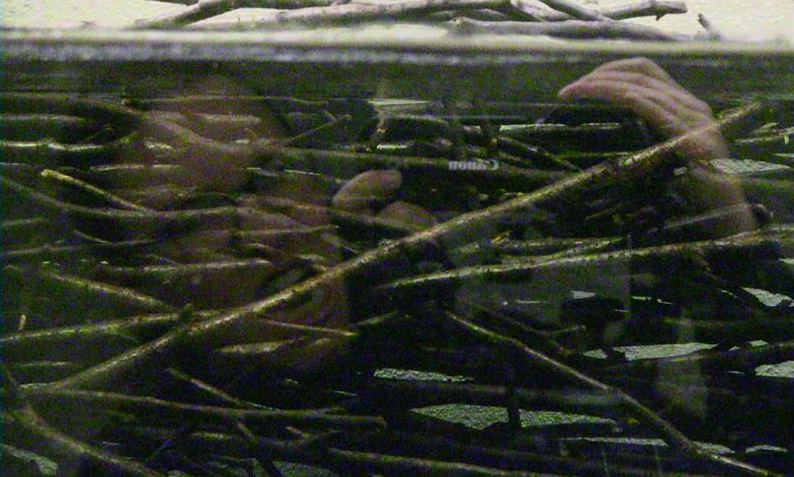Paper: Ice cover affects the growth of a stream-dwelling fish
Posted by Daniel Nyqvist | VinterekologiThe paper “Ice cover affects the growth of a stream-dwelling fish” by Johan Watz, Eva Bergman, John Piccolo and Larry Greenberg was published as the cover article in the May issue of the scientific journal Oecologia. The journal presents its issue and the paper:
“Winter conditions are believed to play an important role in the population dynamics of northern temperate stream fi sh, challenging the ability of fi sh to physiologically and behaviourally adapt. In this issue, Watz et al. show that brown trout (Salmo trutta) that spent the winter under ice cover grew more and used a broader range of habitats than trout in uncovered stream sections. These results indicate that the presence of surface ice may function as overhead cover against terrestrial piscivores and improve the energetic status of stream fish during winter.”
Read the abstract and access the paper here. If you don’t have access to the journal’s content, email any of the authors.



